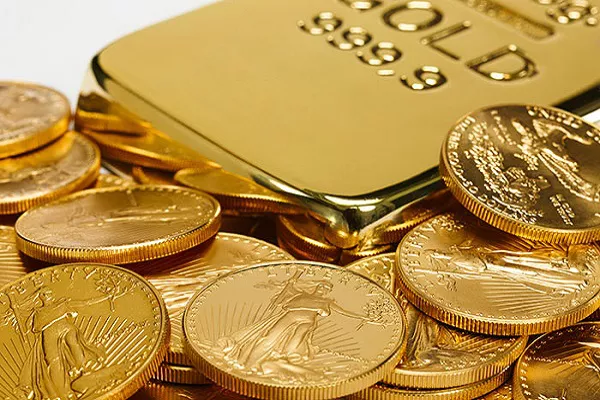Gold, often hailed as the “king of metals,” has captivated human civilizations for centuries. Its timeless allure and enduring value have made it a symbol of wealth, power, and prestige. Investors and enthusiasts alike often inquire about the cost of a pound of gold, but the answer is far from straightforward. The value of gold is influenced by a myriad of factors, and understanding the intricacies of gold valuation is crucial for those looking to delve into the world of precious metals.
Gold as a Commodity
At its core, gold is a commodity that is traded on various financial markets worldwide. The price of gold is determined by supply and demand dynamics, just like any other commodity. However, unlike consumable commodities such as oil or agricultural products, gold’s demand is driven primarily by its role as a store of value and a safe-haven asset.
Market Dynamics
The global gold market operates 24 hours a day, allowing for continuous trading across different time zones. The two primary markets for gold are the London Bullion Market Association (LBMA) and the COMEX division of the New York Mercantile Exchange (NYMEX). These markets facilitate the buying and selling of gold in the form of standardized contracts known as futures.
Spot Price and Historical Perspective
The “spot price” of gold refers to its current market value for immediate delivery and payment. This price is influenced by a variety of factors, including economic indicators, geopolitical events, and currency fluctuations. It serves as a benchmark for transactions in the physical gold market.
To comprehend the cost of a pound of gold, it’s essential to look at historical price trends. Over the past few decades, gold has exhibited both long-term appreciation and short-term volatility. Understanding these patterns is crucial for investors seeking to make informed decisions about when to buy or sell.
Mining and Production Costs
A significant portion of the cost associated with a pound of gold can be attributed to the mining and production process. Gold is extracted from mines worldwide, and the expenses incurred in mining, refining, and transporting the metal contribute to its overall valuation. Mining costs are influenced by factors such as labor, energy prices, regulatory compliance, and technological advancements.
Mining companies must balance these costs with the fluctuating market price of gold to ensure profitability. As a result, the cost of production plays a pivotal role in determining the minimum price at which gold can be sold without incurring losses.
Economic Indicators and Inflation
Gold’s value is closely tied to economic indicators and inflationary trends. Traditionally, gold has been viewed as a hedge against inflation, as it tends to retain its value when the purchasing power of fiat currencies declines. Investors often turn to gold as a safe haven during times of economic uncertainty or when inflation rates are on the rise.
Central Bank Reserves and Monetary Policy
The actions of central banks can significantly impact the cost of gold. Many central banks maintain gold reserves as part of their monetary policy. Large-scale purchases or sales of gold by these institutions can influence the global supply and demand dynamics, consequently affecting the market price.
Global Economic and Geopolitical Events
Gold prices are susceptible to global economic and geopolitical events. Factors such as trade tensions, political instability, and natural disasters can create fluctuations in the gold market. Investors often turn to gold during times of crisis, driving up demand and consequently impacting its price.
Currency Exchange Rates
As gold is traded globally, its price is quoted in various currencies. Exchange rate fluctuations can affect the cost of gold for buyers in different regions. Investors should be mindful of currency risks when evaluating the cost of a pound of gold, especially when making cross-border transactions.
Jewelry and Industrial Demand
While investment demand is a significant driver of the gold market, it is essential to consider other sources of demand, such as jewelry and industrial applications. Gold’s malleability and conductivity make it a sought-after material in the production of jewelry, electronics, and other industrial goods. Changes in consumer preferences or advancements in technology can influence the demand for gold in these sectors, impacting its overall value.
See Also How Low Will Gold And Silver Go? All You Need to Know
Conclusion
In conclusion, determining the cost of a pound of gold is a complex task that involves considering various economic, geopolitical, and industrial factors. The interplay between supply and demand, mining and production costs, economic indicators, and global events all contribute to the dynamic nature of the gold market.
Investors and enthusiasts keen on understanding the true cost of a pound of gold must stay informed about these factors and their potential impact on gold prices. Whether it’s the allure of gold as a safe-haven asset, its historical price trends, or the intricacies of mining and production, a comprehensive understanding is essential for navigating the complex world of precious metals.


